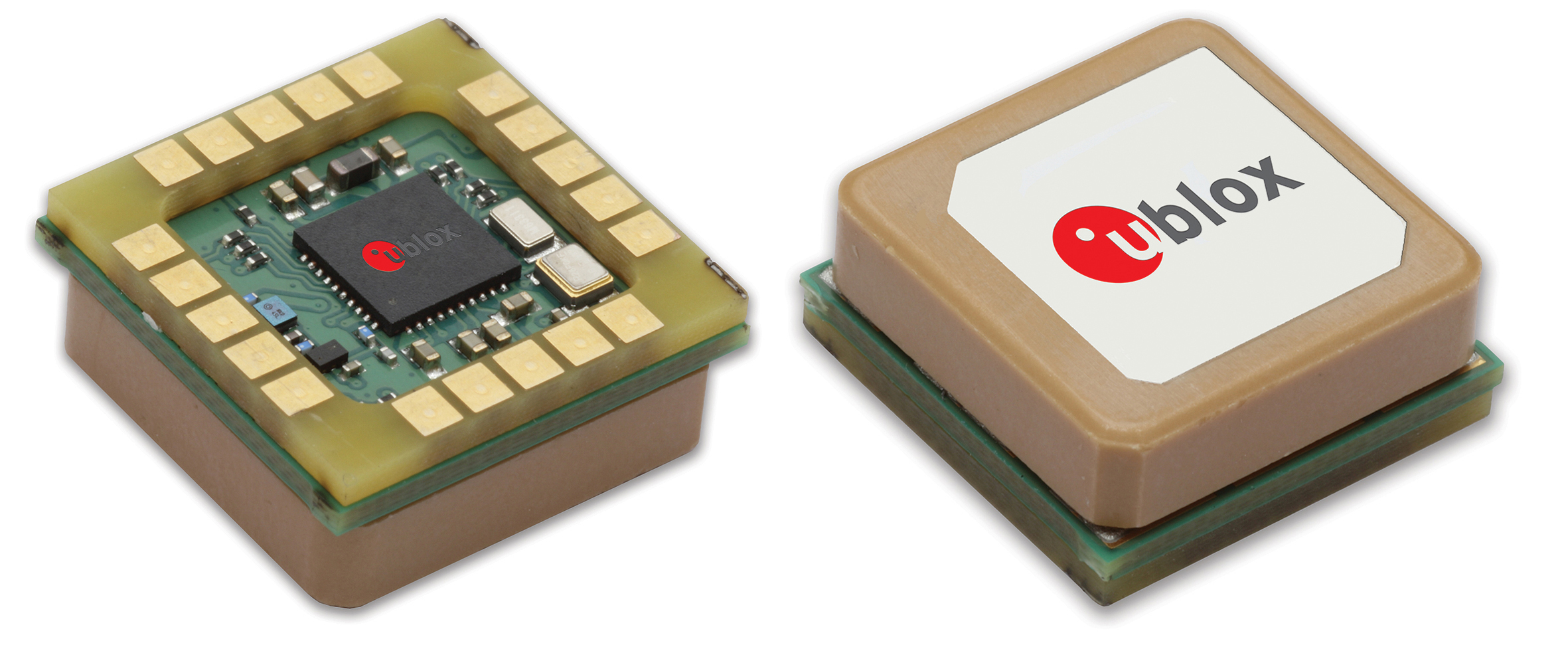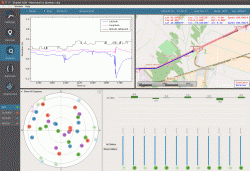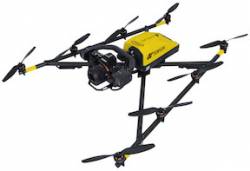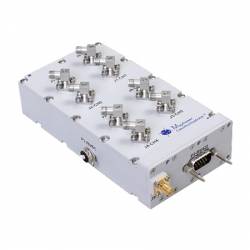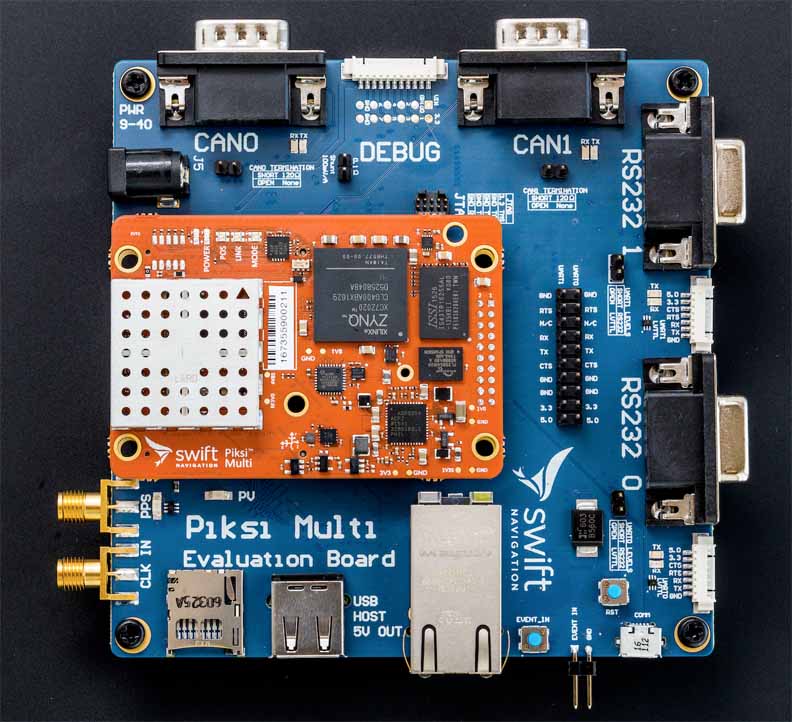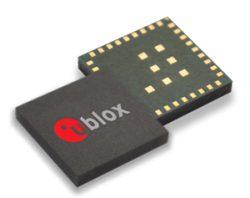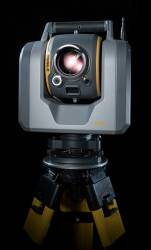Hemisphere GNSS Names Halsey New President and CEO
 Halsey named Hemisphere GNSS President and CEO.
Halsey named Hemisphere GNSS President and CEO.Hemisphere GNSS has named industry veteran Farlin Halsey as its president and chief executive officer, effective January 2, 2017. Halsey replaces interim president and CEO Xinping Guo, who has served in that position for eight months.
In addition, Halsey has been appointed to the company’s board of directors. Guo, chairman and general manager of Beijing UniStrong Science & Technology, which owns 100 percent of Hemisphere GNSS, will continue to serve on the company’s board of directors.
By Inside GNSS

